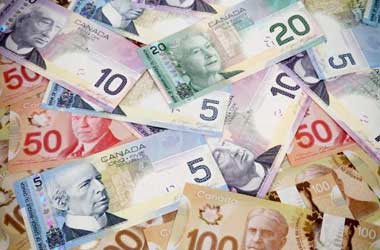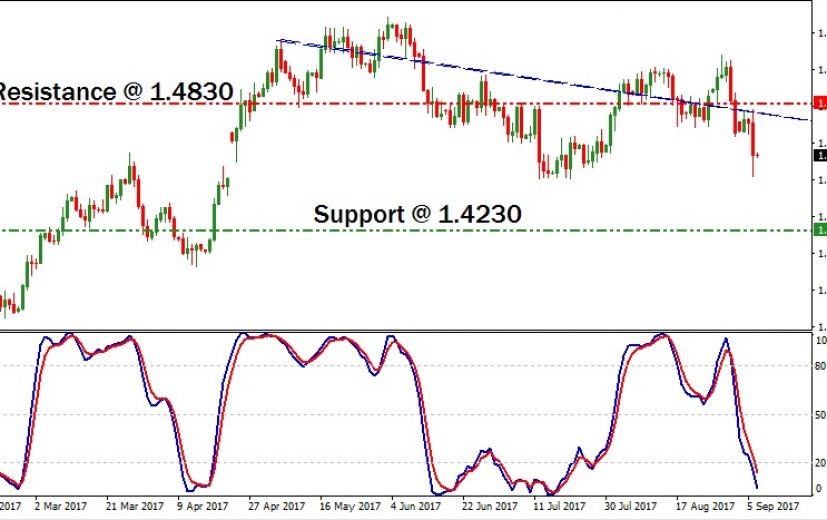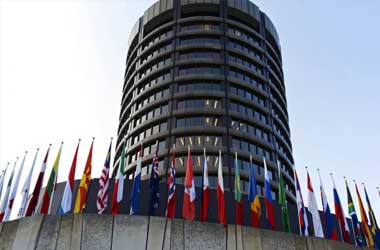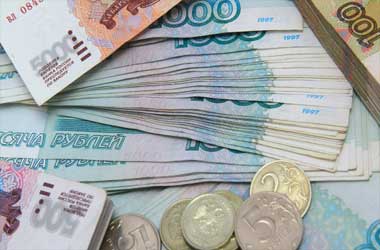 The EUR/CAD pair remained range bound between 1.4600 and 1.5000 for the past five months.
The EUR/CAD pair remained range bound between 1.4600 and 1.5000 for the past five months.
While the French election, notable improvement in the economy, increase in inflationary pressure, and anticipation of ECB tapering kept the Euro stronger, the Canadian dollar remained strong on rate hike, the hawkish stance of the Bank of Canada, and near $50 per barrel price of crude oil. However, we expect the EUR/CAD will drift lower due to reasons given below.
In a surprise move, on Wednesday, the Bank of Canada raised the overnight inter-bank rates by 25 basis points to 1%.
The decision was made on the basis of an exceptionally strong annualized economic growth of 4.5% in the second-quarter, mainly due to an unprecedented increase in consumer spending. The Canadian economy had expanded by 3.7% on an average, in the past three quarters.
CTV News
Analysts expect the country to record a GDP growth of more than 3% in 2017. Notably, the BoC had raised the benchmark rates by 25 basis points in July. With this rate hike, the BoC had reversed the two rate cuts announced since 2015, after the sharp fall in the price of commodities. Those cuts were intended to offset the negative impact of the decline in the price of crude oil, in particular.
Crude oil hit a four-week high on Wednesday, on concerns over the impact of hurricane Irma on the production of petro-products by the US refineries. Crude also got a boost from the anticipated demand arising from the reopening of Gulf Coast refineries, which had shut down due to hurricane Harvey. While the Canadian dollar had a boost from the rate cut, the Euro dollar continued to reel under selling pressure due to weak economic data.
On Tuesday, the IHS Markit reported a flurry of soft retail sales data for the Euro zone countries. Overall, the final service sector PMI reading for the Euro zone declined to 54.7 in August, compared with 54.9 in the previous month. A day later, the German Federal Statistical Office (Destatis) reported a 0.7% m-o- m decline in factory orders in July, from 0.9% growth in the previous month and worse than 0.2% growth anticipated by analysts. The poor retail and factory orders data have already turned the Euro bearish, while the Canadian dollar has turned bullish due to the rate hike and stupendous performance of the economy.
The EUR/CAD has firmly broken the support at 1.4830, as indicated by the red and blue colored trend lines. The weak momentum is also indicated by the declining stochastic oscillator, which is moving in the bearish zone. So, technically, we can expect the EUR/CAD pair to hit the support level at 1.4230.
To benefit from the forecast, we may create a short position in the EUR/CAD pair near 1.4600, with a stop loss order above 1.4700. Correspondingly, an order to book profit will be placed near 1.4230.
In the binary market, a put option can be bought to gain from the prevailing downtrend. We may invest when the pair trades near 1.4600 in the spot currency market, as long as a contract with a weekly expiry period is available.




